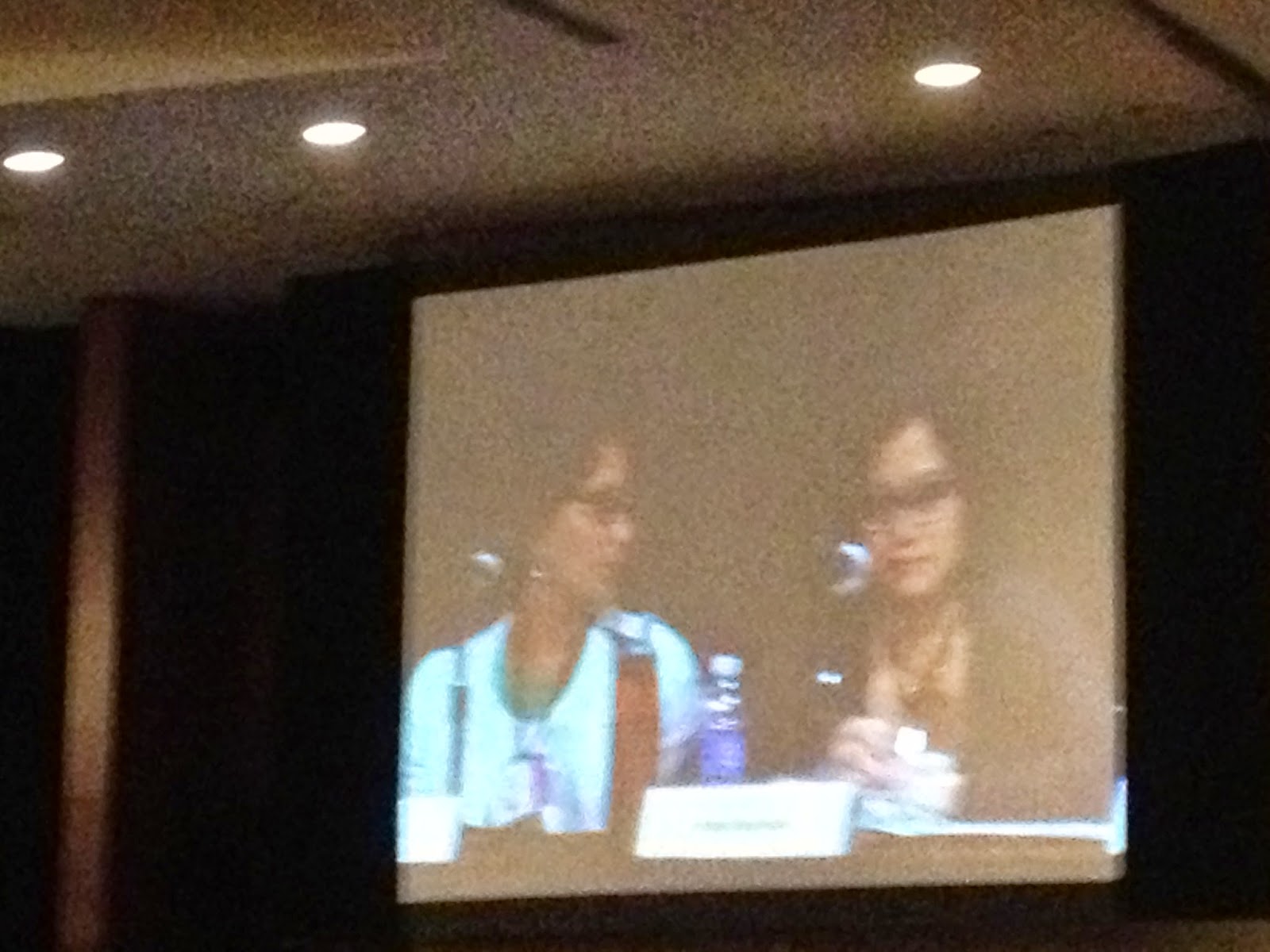I've noticed one trend in particular that's garnered lots of negative reader reviews as of late: Insta-love. I've seen it frequently enough that it makes me think 1) insta-love is pervasive in YA literature and 2) readers are getting tired of it.
If you're not familiar, insta-love happens when two characters meet and *poof* fall madly in love.
On the surface, this might not seem so terrible. After all, who hasn't romanticized about love-at-first-sight? Or what high school girl hasn't had a crush on the oh-so-hot guy just because he's hot? But in writing, insta-love can lead to shallow characters and a lack of differentiation between your stories' romantic elements and other stories on the market.
To build unique characters with depth and voice, they need to have unique motivations that drive their actions and the story forward. It's fine to have characters feel that instant spark of attraction, but for it to move into love territory and make for a deep and compelling character-driven relationship, there needs to be something to the relationship that triggers the reason for it moving into love zone.
Ask yourself:
- If I stripped physical attributes away from my main character's love interest, what would be the 1-2 things that made my MC fall in love with this person?
- How have I shown the above to readers?
- If I stripped physical attributes away from my MC, what would be the 1-2 things that made the love interest fall in love with them?
- How have I shown the above to readers?
- If I stripped away physical attraction and that first (s)he's-so-hot moment, what would be the inciting incident that lead my character to go from crush, to love? How might you work that into your story?
Another quick insta-love litmus test is the twin quiz: if your MC's love interest had an identical twin, how would readers tell them apart based on the story you've written today? Why would your MC fall in love with one twin, and not the other?
Happy writing!










